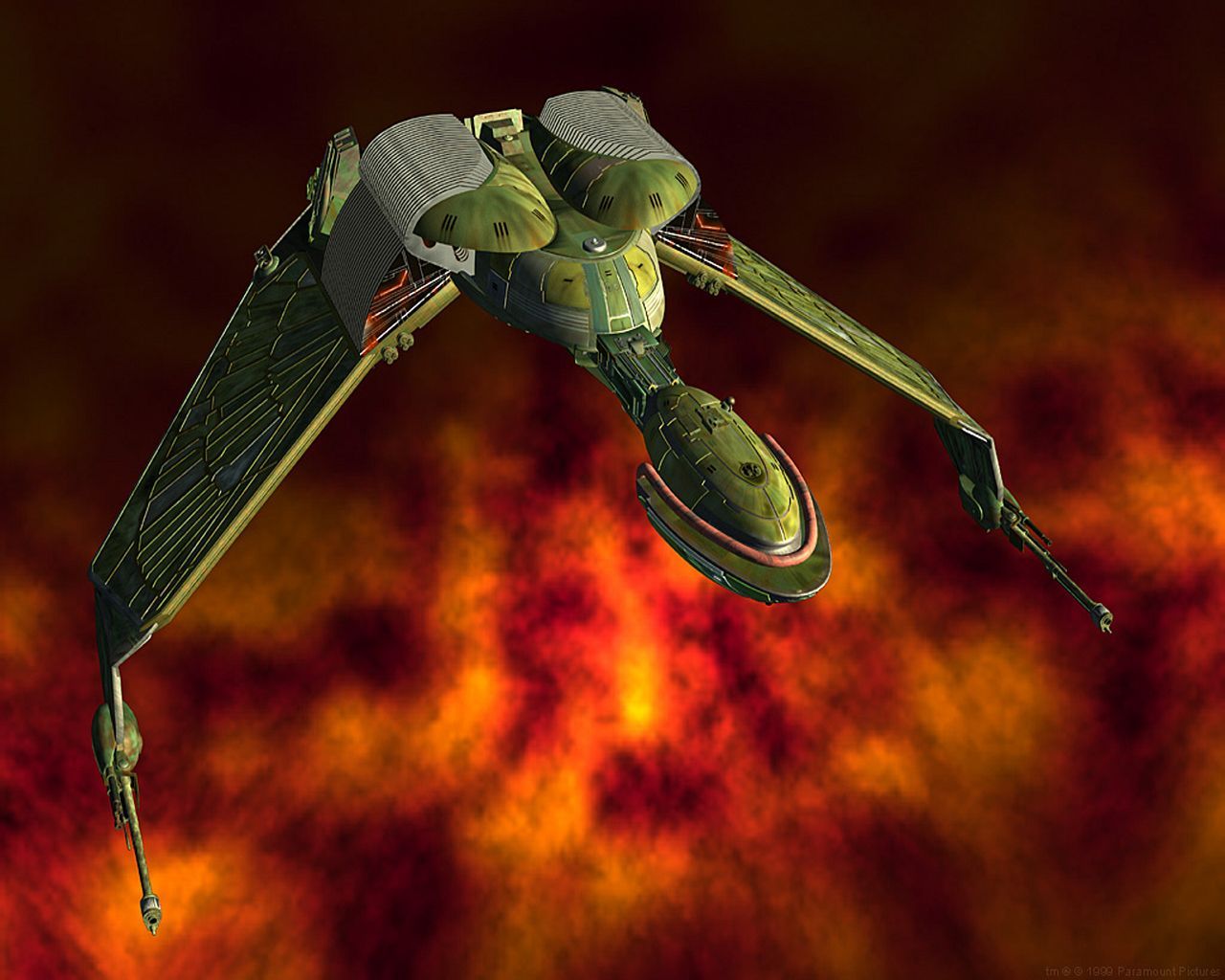

I don’t think these two academics are suffering from disinterest or a lack of subject expertise.
Perhaps not, but successful academics will also understand and tailor their messaging to their audience, dumbing it down if necessary.
I think that’s a very purposeful result of US politics
Complete agreement. So is the international hegemony of the dollar, and why, a decade ago, the US government had an apoplectic fit when OPEC made noises about starting to accept payments in, or fixing prices to, something other than the dollar. I don’t think the general public understood just how important it is that so many of the global currencies are tied to the value of the dollar, and, like English, it’s the financial lingua franca.
I disagree that it’s been overall bad for the US, although I think it’s been extremely unhealthy for the world at large.






Are books not media?
I was thinking through my list, and almost mentioned Calibre Web, but decided it’s media related.